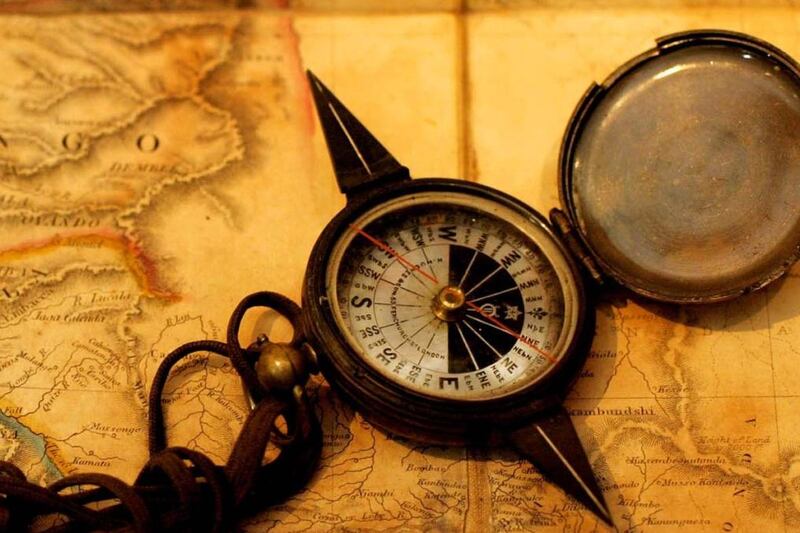On October 25th, 1938, WB Yeats and his wife George left Riversdale, their rented house in Rathfarnham, Co Dublin, for the last time and set off for the south of France to spend the winter far from the Irish weather that increasingly distressed Yeats’s poor health.
Their first stop was in England where Yeats visited his various mistresses, some past and some present, including the journalist Edith Shackleton-Heald at her home in Steyning, Sussex, with whom he had an on-going amorous relationship.
Clearly George’s levels of tolerance were of superhuman dimensions as Edith was only the last in a long line of lovers that Yeats had throughout his married life.
Of course, most celebrated and immortalised among these in Yeats’s works is Maud Gonne who, in August 1938, shortly before Yeats left Ireland, came to visit him for the last time at Riversdale. Maud noticed how frail he had become and how difficult it was for him to stand up when she was leaving.
On Thursday January 26th, Lady Wellesley visited the Yeatses at their hotel and was alarmed to see at once that Yeats was close to death
But she later remarked that he became animated and vibrant when they discussed their youthful dream of establishing their Castle of the Heroes on an island in Lough Key in Co. Roscommon as a locus for the Celtic Mystical Order or, as Yeats wrote in Autobiographies (1927), a place “to reunite the perception of the spirit, of the divine, with natural beauty”.
In England, Yeats also visited his good friend the poet Lady Gerald (Dorothy) Wellesley at Penns-In-The-Rocks, also in Sussex, before he and George finally left for the south of France on November 26th by train-ferry.
The Yeatses had spent the previous winter there too at the modest Hôtel Idéal Séjour in Cap Martin on the French Riviera from which they could see the Mediterranean Sea from their balcony. A few days after their arrival they were joined by Shackleton Heald, as well as by Wellesley and her most recent lover, Hilda Matheson, (Wellesley later became Vita Sackville-West’s lover) all of whom stayed in various villas in neighbouring villages.
Once in Cap Martin, Yeats was able to work. He found the place and the climate conducive to writing, although that winter was unusually cold for the region, and the poet and his wife settled into a comfortable rhythm.
In the mornings he would write feverishly trying to finish the play The Death of Cuchulain, and his final collection of poems, often dictating to George. In the afternoons George would push him around the streets of Cap Martin in a wheelchair.
His pain had grown so intense and he had become so weak, that Yeats was given morphine and he slipped into a coma
That Christmas the Yeats’s 17-year-old son Michael visited from his Swiss school and stayed until mid-January, and they were surrounded by their good friends who often came to visit, spending Christmas day with Wellesley and Hilda Matheson in their villa in the hills above Beaulieu.
Wellesley later wrote that, at the dinner, Yeats regaled the company with “charming playful stories” that he later admitted were for Michael’s entertainment.
On Thursday, January 26th, Lady Wellesley visited the Yeatses at their hotel and was alarmed to see at once that Yeats was close to death. By Friday, though clearly fading and in great discomfort, he continued to work dictating to George corrections for Under Ben Bulben, the poem that was to contain his epitaph.
He had also specified to George that, should he die in the south of France – and he firmly believed he would – he wished to be buried in nearby Roquebrune and, after a year had passed, by which time he thought the press might have forgotten about him, he would like to be “dug up and planted in Sligo”, as per his instructions in Under Ben Bulben.
Of course, Yeats could not anticipate how world affairs would intervene and postpone his re-interment at Drumcliffe until 1948 when the war was over and when, coincidentally, Sean McBride, son of Maud Gonne, was the minister for foreign affairs in the Irish government, and the man responsible for bringing the poet’s remains home to Ireland.
The delay caused another unexpected problem, namely the forensic identification of Yeats’s remains, as they had been moved to an ossuary and mingled with the bones of others. But that’s another story.
By Friday evening his pain had grown so intense and he had become so weak, that Yeats was given morphine and he slipped into a coma. The next day, Saturday January 28th, 1939, at 2:30pm, with his wife George at one side of his bed, and Edith Shackleton Heald on the other, the 73 year-old Yeats died.
His body was taken to the cemetery chapel at Roquebrune on Sunday and, the following day at 3pm and attended by George, Edith Shackleton Heald, Dorothy Wellesley, Hilda Matheson and the Irish artist Dermod O’Brien, then-president of the Royal Hibernian Academy, and his wife Mabel, the poet, politician, social and cultural agitator, unashamed dreamer of dreams William Butler Yeats was laid to rest.
“Many times man lives and dies/Between his two eternities” (from Under Ben Bulben, Last Poems) Kevin Connolly’s Arise and Go: WB Yeats and the People and Places that Influenced Him is published by O’Brien Press


